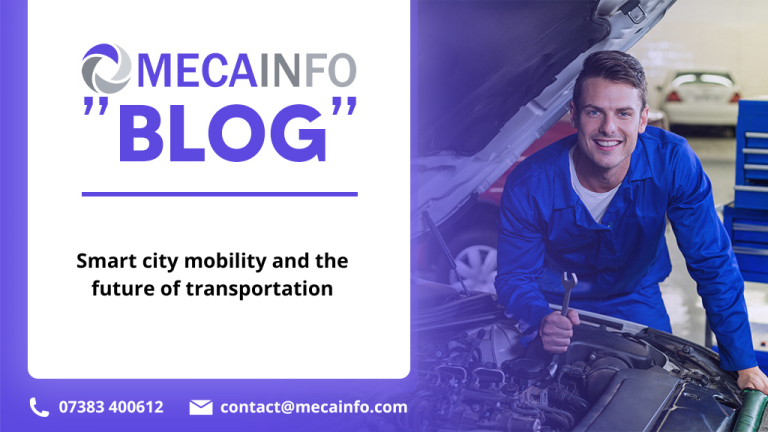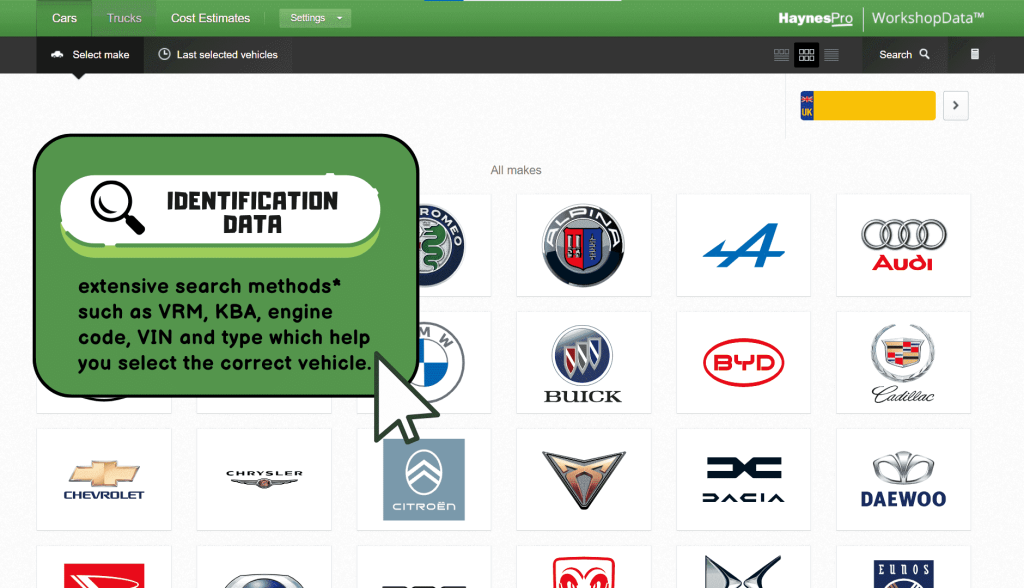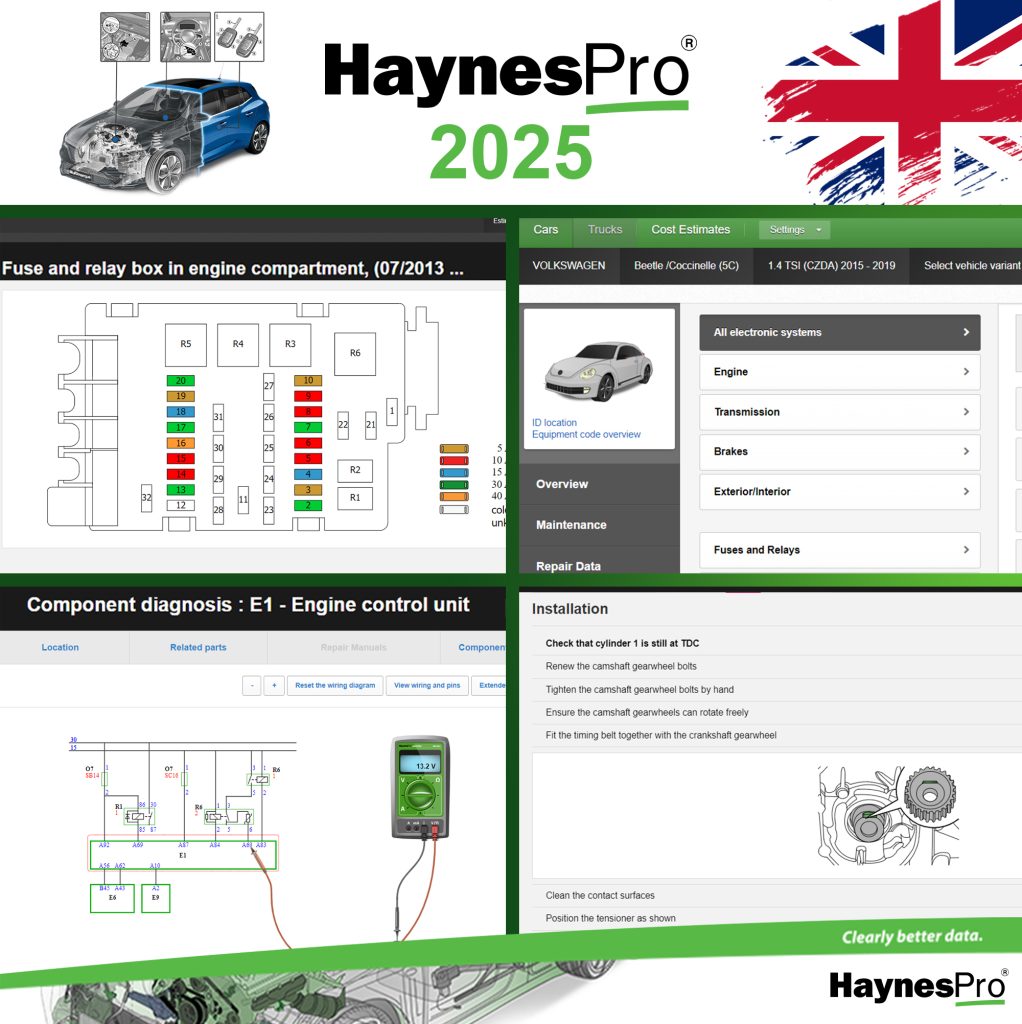As urban areas continue to expand, more than half of the world’s population now resides in cities, leading to unprecedented challenges such as traffic congestion, pollution, and strained public services. In this context, the concepts of smart cities and smart mobility emerge as critical solutions that not only address these issues but also enhance the overall quality of urban life.
Smart city mobility transcends the basic need to travel from point A to B; it emphasizes the ability to access education, employment, and recreational opportunities efficiently and sustainably. By integrating advanced technologies into urban transport systems, cities can transform mobility, making it more efficient, equitable, and environmentally friendly.
The need for innovation in urban mobility
The rapid growth of urban populations has created a pressing need for innovative solutions to complex transportation challenges. Here’s a closer look at the various ways smart mobility can revolutionize urban environments:
- Addressing pollution
Urban transportation is a significant source of CO2 emissions and other harmful pollutants. Smart mobility initiatives promote the adoption of low-emission vehicles, such as electric cars and hybrid public transport. Additionally, intelligent traffic management systems optimize traffic flow, reducing idle times and emissions. For example, cities can implement smart traffic signals that adapt to real-time traffic conditions, minimizing congestion and lowering pollution levels.
- Combating traffic congestion
In densely populated urban areas, the reliance on personal vehicles often leads to severe traffic congestion, reducing productivity and increasing commute times. Smart mobility solutions, such as advanced radar systems and real-time traffic data analysis, allow city planners to make informed decisions about road usage and infrastructure development.
- Enhancing public safety
The integration of smart technologies, such as AI-driven surveillance systems and connected vehicles, significantly improves public safety. For instance, smart cameras installed throughout city streets enable law enforcement to monitor traffic conditions and respond swiftly to incidents, thereby enhancing the overall safety of urban environments. Real-time alerts about road conditions and accidents can also be communicated to drivers, helping to prevent collisions and ensure safer travel.
- Reducing operational costs
Smart cities leverage IoT devices and data analytics to optimize resource usage, which can lead to significant cost savings. For example, smart sensors can manage street lighting and parking meters, allowing cities to conserve energy and reduce labor costs associated with manual monitoring. These savings can be redirected to improve public services, making urban environments more efficient.
- Promoting social inclusion
A successful smart mobility strategy must consider all segments of the population, including those with limited access to traditional transportation options. By implementing inclusive transport solutions, such as accessible public transit and community-based ride-sharing services, cities can ensure that mobility is available to everyone, regardless of socio-economic status.
Technologies enabling smart city mobility
The backbone of smart city mobility lies in various innovative technologies that facilitate efficient and sustainable transportation. Here are some key components:
- Smart traffic management systems
Digital highways equipped with smart sensors and radars gather real-time data on traffic patterns. This information allows for better planning and coordination of traffic signals, improving the overall flow of vehicles and reducing congestion.
- AI-powered public transportation
Advanced public transport systems that use artificial intelligence provide passengers with real-time updates regarding bus and train schedules, delays, and service interruptions. This access to information enhances the efficiency of public transport systems, making them more appealing to users.
- Micro-mobility solutions
Cities are increasingly promoting the use of bicycles and scooters to ease congestion. Smart cities implement dedicated bike lanes and pedestrian pathways, enhancing safety for non-motorized transport. Apps that integrate cycling and walking routes with public transit options help users navigate their journeys more effectively.
- Smart parking management
Parking apps that guide drivers to available spaces minimize the time spent searching for parking, thus reducing traffic congestion and emissions. Some systems even allow for reservations, particularly for car-sharing drivers, making shared mobility options more convenient.
- Vehicle-to-Infrastructure (V2I) communication
This technology enables vehicles to communicate with city infrastructure, providing real-time information about road conditions, traffic signals, and other critical data. By enhancing coordination between vehicles and the urban environment, V2I technology improves traffic flow and safety.
The vision of livable cities
Creating livable cities involves more than just implementing technological advancements; it requires a holistic approach that prioritizes the well-being of all residents. Key principles for developing smart cities include:
- Smart environment
Smart cities strive to reduce resource consumption and promote climate protection. By optimizing energy use and integrating renewable resources, cities can minimize their ecological footprint.
- Smart governance
Enhancing transparency and citizen engagement is essential for effective urban governance. Digital platforms that facilitate communication between residents and local authorities enable greater participation in decision-making processes, ensuring that community needs are addressed.
- Smart living
Integrating technology into daily life can significantly improve the quality of life. Smart home technologies, improved public services, and community engagement initiatives create an inclusive urban environment where residents feel connected and empowered.
- Smart economy
By supporting innovative business models and fostering entrepreneurship, smart cities can stimulate economic growth. This approach not only helps to address urban challenges but also enhances job opportunities for residents.
- Smart people
A digitally literate population is crucial for the success of smart cities. Educational programs that equip residents with the skills to navigate digital tools will ensure that everyone can participate in and benefit from smart city initiatives.
Smart mobility as the cornerstone of urban development
Smart mobility serves as the cornerstone of sustainable urban development, providing the framework for cities to evolve into more efficient, inclusive, and environmentally friendly spaces. By leveraging advanced technologies and innovative strategies, cities can address contemporary transportation challenges while enhancing the overall quality of life for their residents.
In this rapidly changing world, the integration of smart mobility solutions into urban planning is not just an option—it is essential for building the cities of the future.
As we prepare for this exciting future, we can look forward to an automotive landscape that prioritizes safety and efficiency. The journey into intelligent transportation has only just begun, and the road ahead promises to be both fascinating and full of potential.
Embrace the future of automotive technology!
Stay ahead in the rapidly evolving automotive industry with HaynesPro‘s innovative solutions. Sign up today for a 7-day free trial and unlock access to a comprehensive platform designed to empower automotive professionals with the tools and knowledge needed to navigate this rapidly changing landscape. The extensive database of technical information, repair procedures, and diagnostic tools ensures that you remain at the forefront of automotive innovation.
Don’t miss out on this opportunity—click here to start your free trial now!
Sources :
https://www.smartcity.co.nz/blog/smart-city-mobility/
https://www.yunextraffic.com/newsroom/smart-city-smart-mobility








